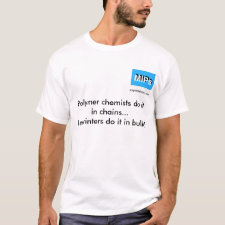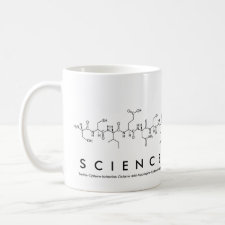
Authors: Gong CB, Wong KL, Lam MHW
Article Title: Photoresponsive Molecularly Imprinted Hydrogels for the Photoregulated Release and Uptake of Pharmaceuticals in the Aqueous Media.
Publication date: 2008
Journal: Chemistry of Materials
Volume: 20
Issue: (4)
Page numbers: 1353-1358.
DOI: 10.1021/cm7019526
Abstract: Abstract: A water-soluble azobenzene-containing functional monomer 4-[(4-methacryloyloxy)phenylazo] benzenesulfonic acid (MAPASA) was developed for the fabrication of a photoresponsive molecularly imprinted hydrogel material that can function in the biocompatible aqueous media. Cross-linking the functional monomer with various bisacrylamide and bismethacrylamide cross-linkers produced polyacrylamide hydrogels with enough optical transparency in the aqueous media for spectroscopic characterization and measurements. Paracetamol, (N-(4-hydroxyphenyl)acetamide), a common analgesic and antipyretic drug, was adopted as the molecular template for the imprinting. Reorientation of the hydrated sulfonated azobenzene chromophores in the course of their transcis photoisomerization was found to be sterically demanding. When incorporated into the relatively confined and rigid hydrogel environment generated by the most commonly adopted polyacrylamide cross-linker, N,N2-methylenebisacrylamide (1-C), these chromophores were not able to undergo photoisomerization. Lengthening the spacers separating the polymerizable acrylamide/methacrylamide functionalities at both ends of the cross-linkers from ethylene (2-C) to octylene (8-C) enhanced the flexibility of the resultant hydrogel matrices and resumed the photoisomerization properties of the chromophores. The rate of photoisomerization gradually increased with spacer length. On the other hand, substrate binding strength of the imprinted receptors dropped with the increasing flexibility of the hydrogels. Balancing these factors, the cross-linker N,N2-hexylenebismethacrylamide (6-C) was subsequently selected as the optimal cross-linker for the fabrication of the photoresponsive imprinted hydrogel. Scatchard analysis revealed the specific and nonspecific binding strength of the resultant imprinted hydrogel to be 1.96 ╬ 105 and 747.0 M1, respectively. The density of the imprinted receptors in the hydrogel was 0.47 ┴mol g1. The affinity of the hydrogel for paracetamol can be photoregulated. Upon irradiation at 353 nm, 83.6% of receptor-bound paracetamol was released from the imprinted hydrogel. Subsequent irradiation at 440 nm caused 94.1% of the released paracetamol to be rebound by the hydrogel again. Such a photoregulated release and uptake process is repeatable. Results of our work demonstrated the potential of stimuli-responsive molecularly imprinted materials as biocompatible smart chemicals and drugs transfer systems



Join the Society for Molecular Imprinting

New items RSS feed
Sign-up for e-mail updates:
Choose between receiving an occasional newsletter or more frequent e-mail alerts.
Click here to go to the sign-up page.
Is your name elemental or peptidic? Enter your name and find out by clicking either of the buttons below!
Other products you may like:
 MIPdatabase
MIPdatabase









